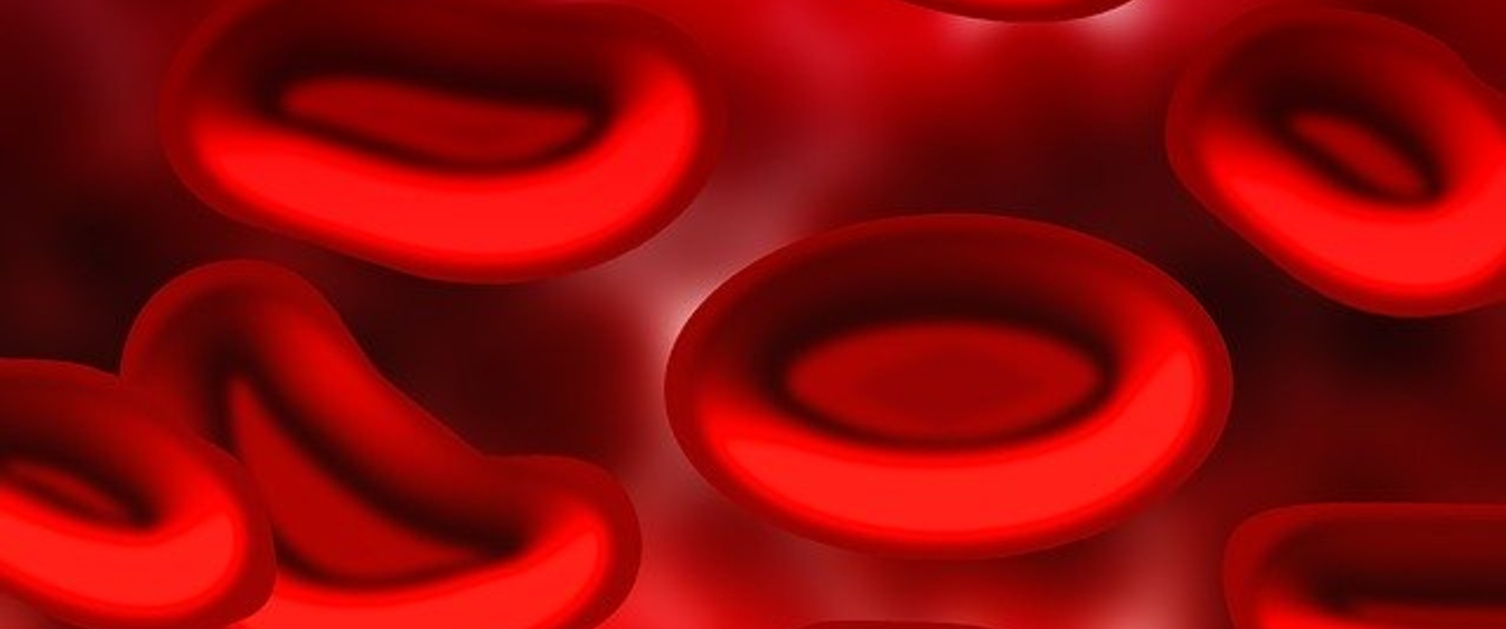Sickle Cell, Thalassaemia and Hereditary Anaemias

The South Wales Hereditary Anaemia Service provides specialist and comprehensive care to patients with a hereditary anaemia. Some of the types of anaemias that can be hereditary are:
- sickle cell disorder
- thalassemia
- sideroblastic anaemia
- congenital Fanconi anaemia
- congenital Dyserythropoietic anaemia (CDA)
- diamond-Blackfan anaemia (DBA)
- shwachman-Diamond Syndrome (SDS)
- pyruvate kinase deficiency
- hereditary xerocytosis/spherocytosis
The Multi-Disciplinary Team (MDT) work with Local University Health Boards to ensure patients receive a quality-based service appropriate for their needs. The aim of the service is to offer high quality care, considering our patients’ physical, social, psychological and spiritual needs. We aim to promote our patients’ health and wellbeing and to help them lead independent lives with improved health.
The Paediatric (children’s) hereditary anaemia team provide care that begins at birth and continues until patients are transferred to the adult team around the age of 16.
What are Hereditary Anaemias?
Hereditary anaemias are a group of disorders which affect haemoglobin in red blood cells.
Anaemia is a condition where the number of red blood cells or the amount of haemoglobin in red blood cells is less than normal.
Haemoglobin is the substance that makes blood red. Its main purpose is to carry oxygen around the body. If the body does not receive enough oxygen, various symptoms occur. These include tiredness, weakness and lack of energy.
Sickle cell and thalassaemia are hereditary disorders of the haemoglobin in red blood cells. They belong to a group of red cell disorders called haemoglobin disorders, or haemoglobinopathies, of which they are the most common types. Rarer types of haemoglobin disorder occur that may or may not share the same symptoms and often have a different pattern of inheritance to the common types.
People born with a sickle cell disorder or a beta thalassaemia disorder become symptomatic at varying time points after birth. Alpha thalassaemia disorder affects foetal development and will be present at birth.
These disorders are not contagious; they are usually inherited from both parents, each having passed on a sickle cell or thalassaemia gene to their child. Rare forms of both, thalassaemia in particular, can be inherited from only one parent, or occur from new changes in haemoglobin genes (called ‘de novo’) during embryonic development. Both common and rare types occur in the population of Wales. It is possible to be a carrier of a sickle cell or thalassaemia disorder and thereby have an increased risk of having a child with the disorder, without having any symptoms of the disorder itself. This is known as ‘being a carrier’ or ‘having the trait’.
What we offer
- information, advice, support and care for people living with sickle cell disease, thalassaemia and related conditions.
- guidance and support for parents or carers through the process of diagnosis, planning care and liaising with other health professionals.
- health care plans for children and young adults in nursery, school or further education.
- transitioning from paediatric to adult clinics.
- information about further regular treatment regimens.
- signposting to organisations regarding benefits and housing advice.
- community events in collaboration with voluntary agencies to raise awareness of red cell disorders.
- training sessions for various agencies, health professionals, families and establishments to inform and educate about caring for people with haemoglobinopathies.
- we collect data locally and nationally to help us with service improvement.
Rydym yn croesawu galwadau ffôn yn Gymraeg, Saesneg a Iaith Arwyddion Prydain (BSL) via SignVideo.
We welcome phone calls in Welsh, English and British Sign Language (BSL) via SignVideo.